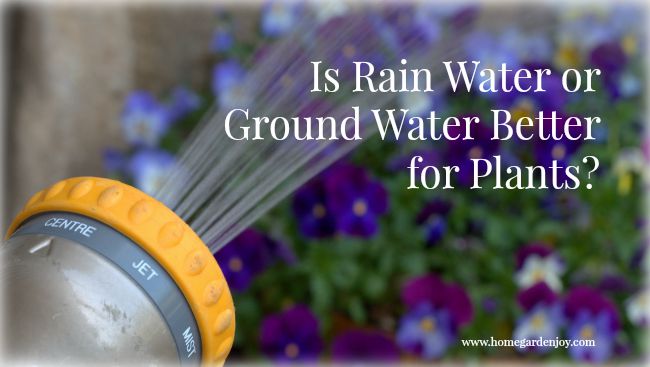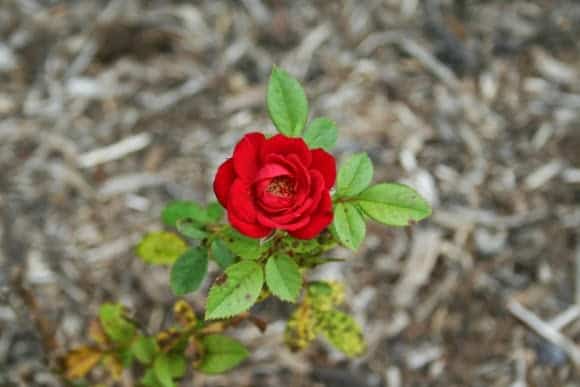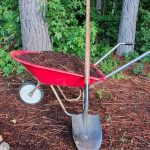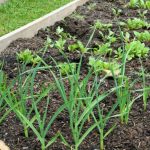Is Rain Water Better than Ground Water for Plants
- Rain water, especially rain during thunderstorms, contains more nitrogen than ground water. Nitrogen is the first number in a fertilizer listing – 5-10-5, for example, is 5% nitrogen, 10% phosphorous, and 5% potash (potassium). Nitrogen greens leaves. The first number helps leaves, the middle number boosts flowers, the last number boosts roots. Nitrogen is a macro nutrient that plants need.
- Ground water doesn’t lack nitrogen, but the soil tends to add various organic salts to the water as it percolates through the soil particles. These salts interfere with a plant’s ability to absorb nitrogen. It’s not that ground water lacks nitrogen, it’s that it contains other chemicals which may hinder a plant’s ability to absorb nitrogen.
- Thunderstorm rain contains the most nitrogen because of lightning.
- Other particles in the air from pollution, including nitrogen, descends in the dirt particles attached to rain. These also feed plants!








Rain is the best! And, when you use city water, you’re likely getting some chlorine. Plus, ground water can have other things. Here it is hard. Let it rain!
Didn’t know that. I know falling rain produces negative ions which are good for us – not sure about plants.
How interesting! I’ve noticed the same thing but never really asked the question. I’m glad you researched it and shared the info.
HI I’m a sustainable landscape designer in Phoenix , Arizona.
Another reason rain is better because it makes Nitrogen readily available to plants. When Nitrogen in the soil other chemicals present make it more difficult for a plant to access Nitrogen. Rain is best.
Frank Clemente, Sustainable Landscape Designer